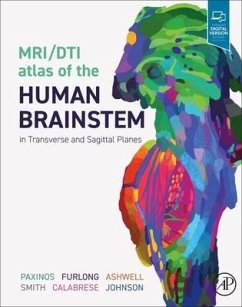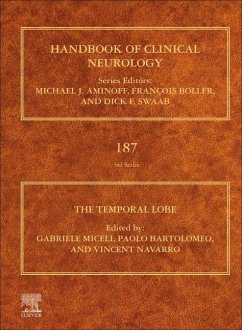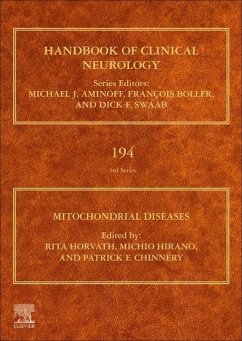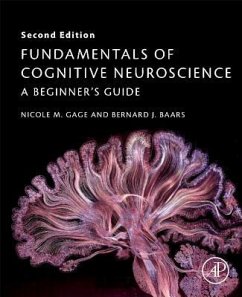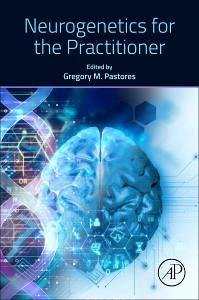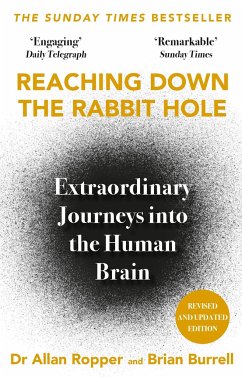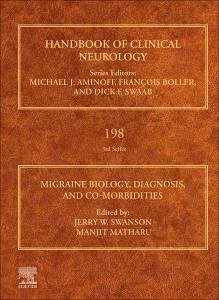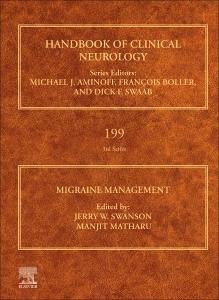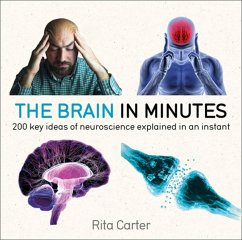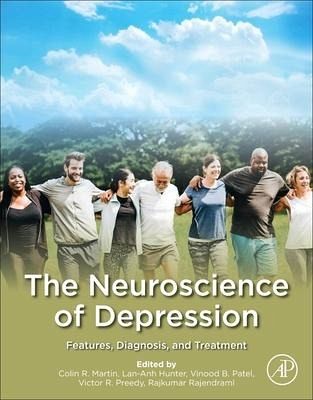
The Neuroscience of Depression
Features, Diagnosis, and Treatment
Herausgeber: Martin, Colin R; Rajendram, Rajkumar; Preedy, Victor R; Patel, Vinood B; Hunter, Lan-Anh

PAYBACK Punkte
68 °P sammeln!
The Neuroscience of Depression: Features, Diagnosis and Treatment, is a comprehensive reference to the diagnosis and treatment of depression. This book provides readers with the mechanisms of depression reflecting on the interplay between depression and the biological and psychosocial processes. A detailed introduction to various episodes of depression, from PTSD to post-partum depression is provided, followed by a thorough discussion on biomarkers in depression and how to diagnose depression including the Hamilton Depression Rating scale. This book also includes three full sections on treatme...
The Neuroscience of Depression: Features, Diagnosis and Treatment, is a comprehensive reference to the diagnosis and treatment of depression. This book provides readers with the mechanisms of depression reflecting on the interplay between depression and the biological and psychosocial processes. A detailed introduction to various episodes of depression, from PTSD to post-partum depression is provided, followed by a thorough discussion on biomarkers in depression and how to diagnose depression including the Hamilton Depression Rating scale. This book also includes three full sections on treatment options for depression, including pharmacological, behavioral and other novel regimes. The Neuroscience of Depression: Features, Diagnosis and Treatment is the only resource for researchers and practitioners studying, diagnosis and treating of depression.




